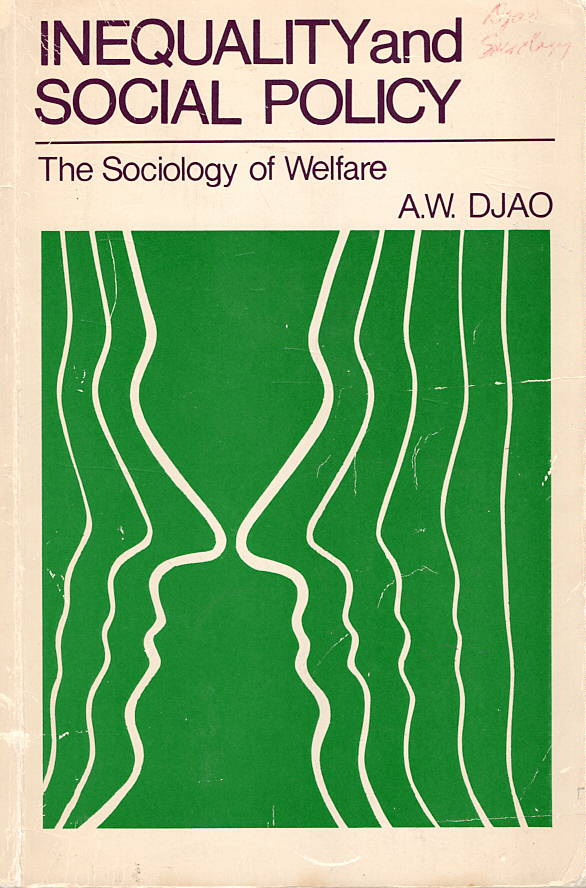
Since the 1970s, there has been significant development in the theory and research of the welfare state, both in Canada and abroad, and particularly in Britain. While this is a welcome sign, students of social work and social welfare are often deterred from pursuing certain issues further by the preponderance of publications obviously written for professionals, rather than beginners. Meanwhile, my own research in the area of the sociology of social welfare has revealed that there is considerable confusion regarding particular aspects of welfare. Sometimes the confusion is a matter of semantics. For example, what exactly do “social welfare,” “social security,” “income security,” and “social services” mean? To help clarify this, a section on “Working Definitions” has been included in chapter 1. Often, however, confusion stems from a lack of clarity in conceptualization. The combination of all these factors prompted me to write a book that would clearly summarize the sociological aspects of social welfare within a comprehensive analytical framework and thus provide an information source for the interested audience, including students of sociology and social work.
Among the issues discussed are three that have been the source of major debate. The first is that welfare recipients or clients are not just those on social assistance. Because we all benefit from various social welfare programs, we are all welfare recipients. Different social classes and groups benefit from different programs. Moreover, social classes and groups also differ in terms of the degree to which they rely on various programs. In common language, the so called “welfare recipients” are those wo depend on pubic transfers as their sole or major source of livelihood.
Second, social welfare has been erroneously perceived for too long as the exclusive domain of social workers. Social work is indeed a crucial component of social welfare. Yet, as will be made clear in the book social welfare is also an institution in which many groups participate: politicians, social scientists, social workers, nurses, and consumers. While social workers have always written about social welfare, contributions from the social scientists in the academic disciplines have begun to emerge, besides occasional reports they have written for government task forces, commissions, or enquiries. It is useful to bring different perspectives to the same social reality. The analytical approach of this book accentuates the sociological perspective. It also challenges other social scientists, especially sociologists, to apply their professional skills in this area so that there will be better understanding and more people-oriented development in social welfare.
Third, one of the most salient issues lies in the confusion between “ideology” and “theory” that is found not just in the study of social welfare, but in sociology in general. Both students and beneficiaries of social welfare have suffered because of the confusion. An ideology entails a value judgement and an attempt to direct the social and political choices facing members of society. A theory, on the other hand is the analysis of a situation, closely linked to empirical evidence. A theory may have an ideological basis, but it is not necessarily identical to that of ideology. In the past, “theories” have been advanced, with no indication of the ideology to which they were linked. Hence, students and consumers of social welfare have been unable to properly assess the theory or its application in light of its ideological context. This has, in turn, led to a retardation of theoretical development.
By presenting the ideological underpinnings of present-day theories and concepts of social welfare, it is hoped that this book will stimulate clearer and more imaginative theoretical development. . . .
I am grateful to James A. W. Rogerson of John Wiley & Sons Canada Limited for his interest and support. Kathryn Dean and Wiley’s editorial personnel provided the best professional editorial services possible. I would also like to express my appreciation for the constructive and useful criticisms provided at the publisher’s instigation by Professor D. F. Bellamy, University of Toronto; Dr. Brigitte Kitchen, York University; Dr. John L. McMullan, University of British Columbia; Dr. Cerise Morris, Dawson College; Dr. William G. Vine, George Brown College; and Professor D. Woodsworth, McGill University.
Finally, I thank Anthony B. Chan for his understanding and encouragement throughout the project.
Excerpted from the Preface
A. W. Djao
December 1982
